Restaurants are Closing....
Also, Rome comes to LA. A new kind of pasta. And an astonishing series of wine dinners.
A couple of weeks ago I stopped by Konbi in Echo Park for breakfast.
“Do you have a reservation?” asked the man behind the counter. I did not. He shook his head. “We’re fully committed,” he said, “although I’d be happy to give you coffee and pastries to go.’
The chocolate pistachio croissant was truly delicious, but looking at the menu I vowed to make a reservation for their Japanese breakfast and come back very soon.
Alas, that will never happen: Konbi suddenly closed last week.
And if you’re thinking of going to Pearl River Deli (which I wrote about here a couple of weeks ago), you’d better hurry. In an interview on KCRW’s Good Food program, owner Johnny Lee announced that the restaurant will close at the end of the month.
We read about new restaurants closing every day. In New York City alone more than 4,500 restaurants have closed since the onset of the pandemic.
What’s going on?
A recent article in The Washington Post pretty much explains it all: restaurant workers are leaving the industry in droves. Of the nearly 11 million job openings in the United State, the hospitality industry accounts for nearly 2 million. Many of the people who were laid off during the pandemic have found other jobs. That, in turn, has driven wages up by 23 percent - more than any other sector. Add to that the dramatic increase of the price of food over the past year and you begin to see that for many restaurants the business had become unsustainable.
What will this mean going forward? Huge changes are certainly afoot. More restaurants will close. And I worry that there will be increasing pressure for innovative small restaurants like Konbi and Pearl River Deli to become less casual and more expensive. Chef Lee admitted that he hasn’t been paying himself for the past few months, and I suspect that many creative young chefs with high standards have been operating in much the same fashion. Bottom line: if we want to keep eating their food, we’ll simply have to pay more for it.
Bipin Desai is a physicist, professor and fabled wine collector. For years he has been throwing wonderful wine tastings at various Los Angeles restaurants. This series of menus is – as you can see – from the summer of 1989.
The first was held at Michael’s in Santa Monica. Michael’s, which opened in 1979, was a game-changer: Michael’s chefs were all young, educated and American (among the first to cook there were Ken Frank, Jonathan Waxman, Mark Peel and Nancy Silverton), and Michael proudly used American products.
This menu was amazingly adventurous for its time. As for the wines….just take a look.
The second dinner was at Valentino, which was certainly appropriate; Piero Selvaggio had one of the great wine lists in the city. One of the first cutting edge Italian restaurants in Los Angeles, it began as a little bar on a nondescript Santa Monica block. In those days Piero was importing exotic ingredients from Italy – balsamic vinegar, great Parmigiano, true prosciutto, mozzarella di bufala – all unavailable in Los Angeles at the time. He’d come up to the table and say, “I’ve just returned from the airport, and wait until you see what I’ve got!” We all went there to learn as much as to eat. And I have to admit that on my first visit, I went for lunch and stayed through dinner. It was that exciting.
The next venue was Katsu, an extraordinary sushi bar on Hillhurst Avenue in Los Feliz. Katsu was famous for the purity of the fish, the minimalism of the room, and the wonderful avant garde art on the walls. It was one of my very favorite restaurants in Los Angeles and I went as often as I possibly could.
Although I’ve lost the name of the restaurant where this dinner was held, judging by the food, I’d guess it was at Joachim Splichal’s Patina. I have to say, I’m really curious about that wienerschnitzel of artichokes, a daring choice for a wine dinner.
This was not one of the Bipin Desai meals, but looking at the date I can’t help wondering if perhaps Jean-Claude Vrinat, owner of Taillevant in Paris, had come to Los Angeles to join in the fun. Compared to the food served at Professor Desai’s dinners, this little luncheon served in the Picasso room of the Los Angeles Times was rather tame. Pity; M. Vrinat was, truly, one of the greatest restaurateurs ever.
In the middle of dinner a few nights ago my husband Michael, who I once dubbed “the reluctant Gourmet,” leaned over and said, “I think this might be the best meal I’ve ever eaten.”
He’d powered through the grilled artichokes, the mortadella with crispy flatbread and parmigiano curls, the superb cured meats, the fried squash blossoms stuffed with oxtail stew and the incredible fried zucchini. Now he was paying close attention to the mezze maniche Amatriciana above. It was incredible.
“How did they do it?” I asked Nancy Silverton, who had invited the chefs from one of my favorite Italian restaurants, Roscioli in Rome to create a dinner at her Osteria Mozza in Los Angeles. “They cooked that guanciale long and slow, rendering the fat until the meat was not just crisp, but puffy,” she replied. None of us could stop eating it.
(If you want to see the entire meal, you can find photographs on my Instagram feed.). But here are a couple of tips I gleaned from Nancy. The Rosciolis did not bring their own salume; they sourced most of their cured meats from Sogno Toscano. And the pasta they used was Virrigni, a brand I’ve never heard of (but am about to order).
If you want to make your own pasta Amatriciana it’s very simple. The sauce has only 5 ingredients: shallots, olive oil, San Marzano tomatoes, Pecorino cheese and guanciale. The secret is to get the pan very hot and toast the guanciale really well - and then add it at the very last minute, after the pasta and after the cheese so it retains its crispness. Here is a video demonstrating how the Rosciolis make this wonderfully simple sauce.




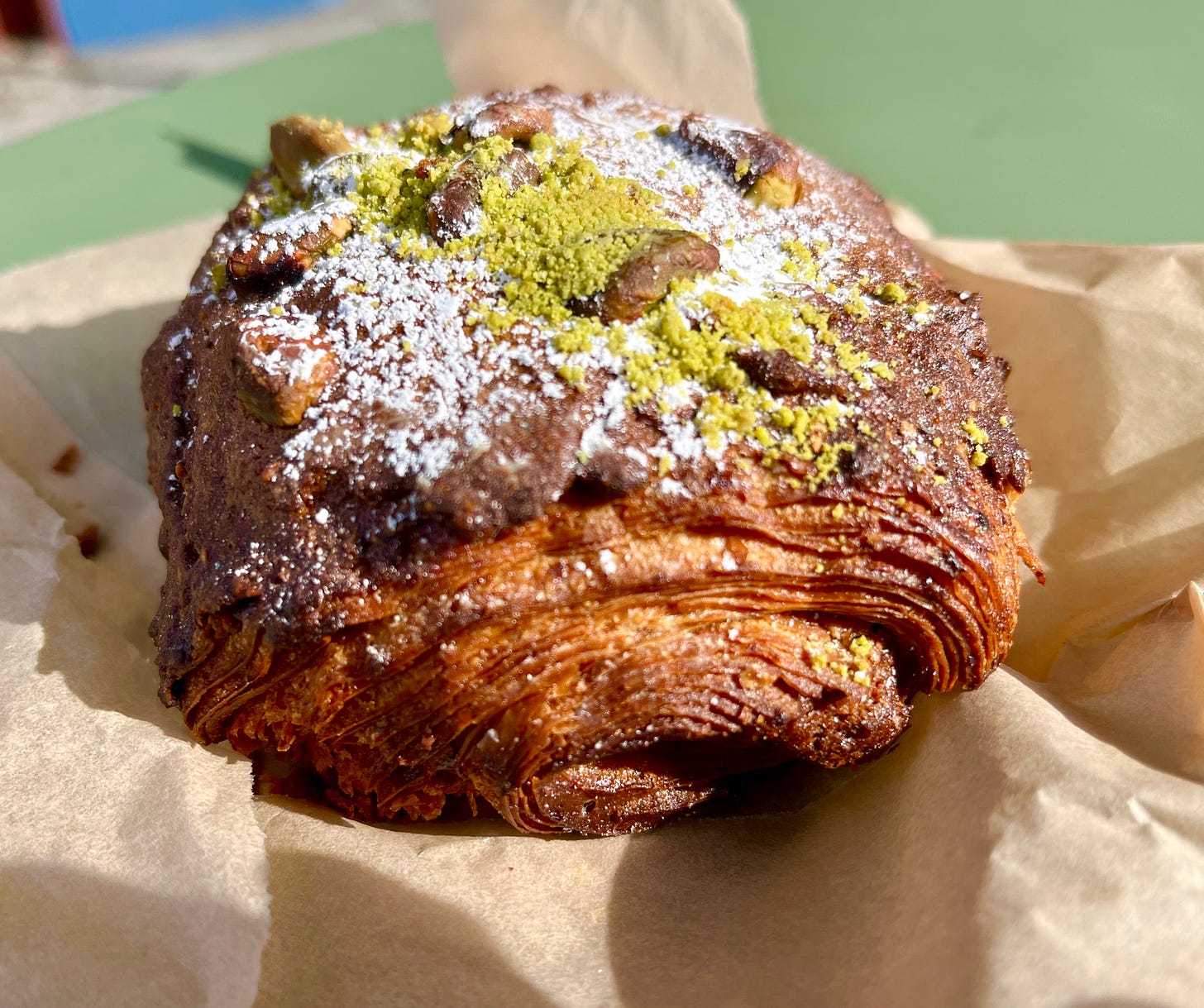
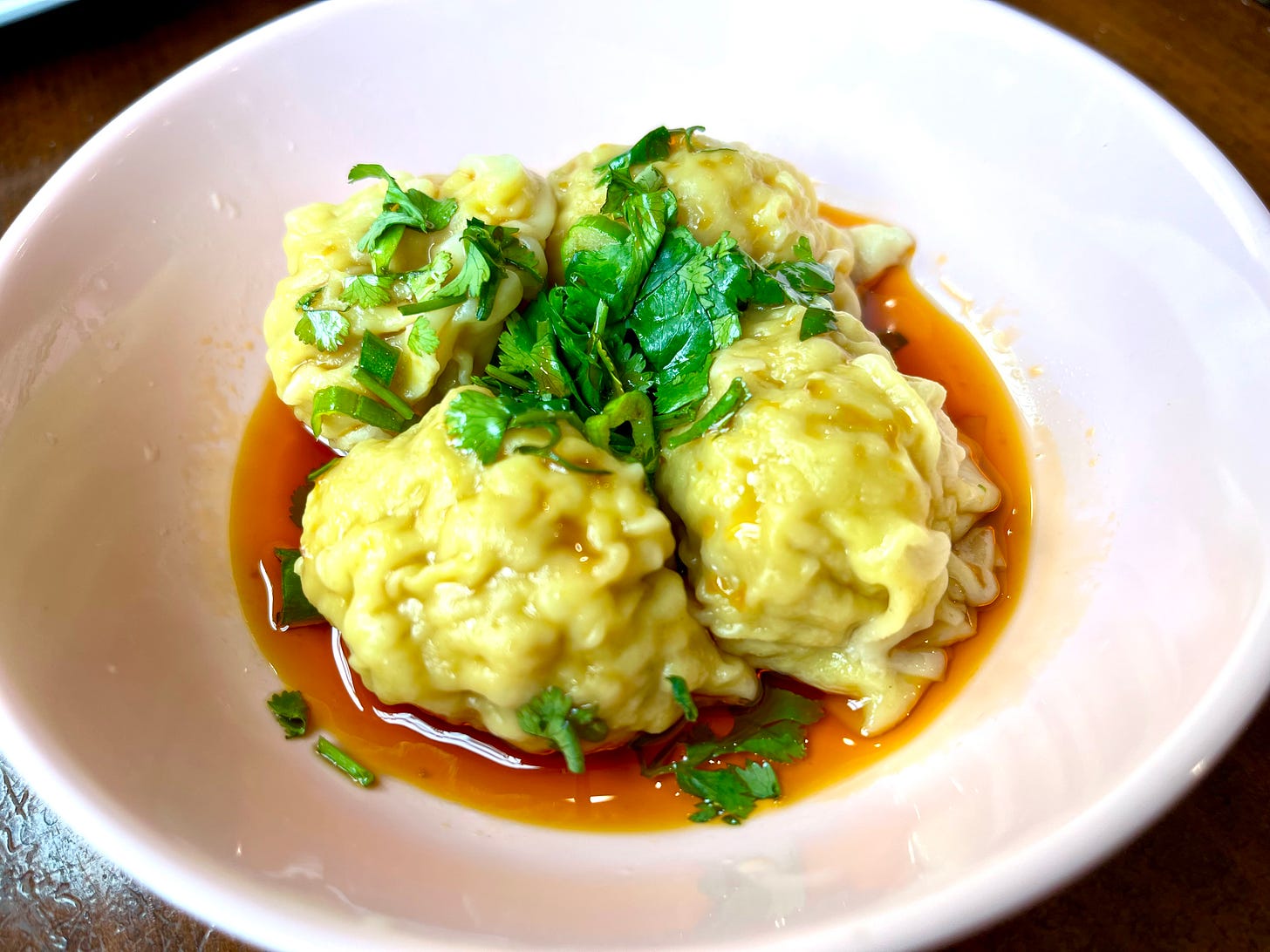

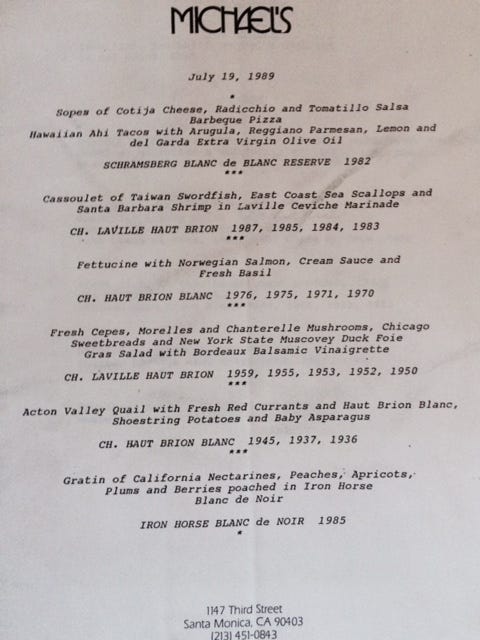
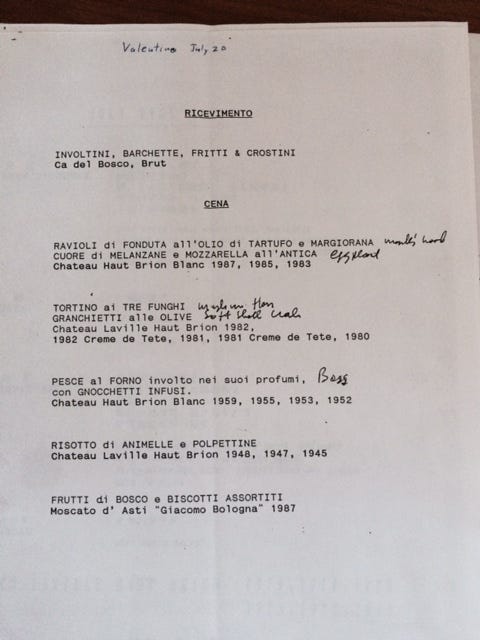
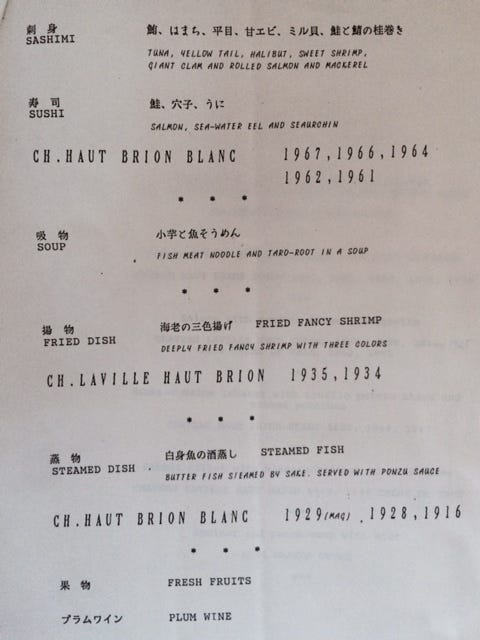
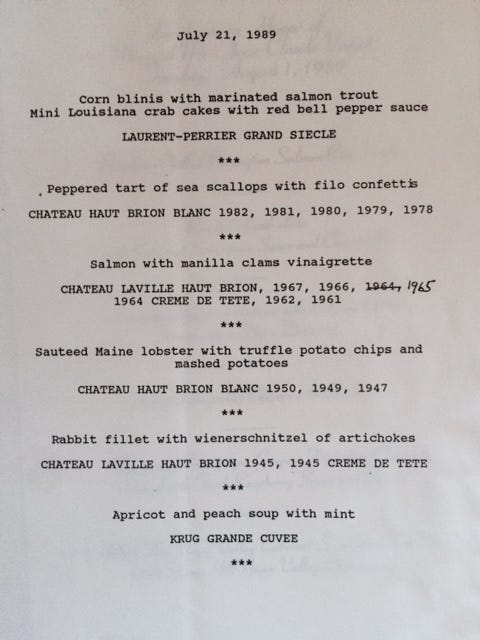
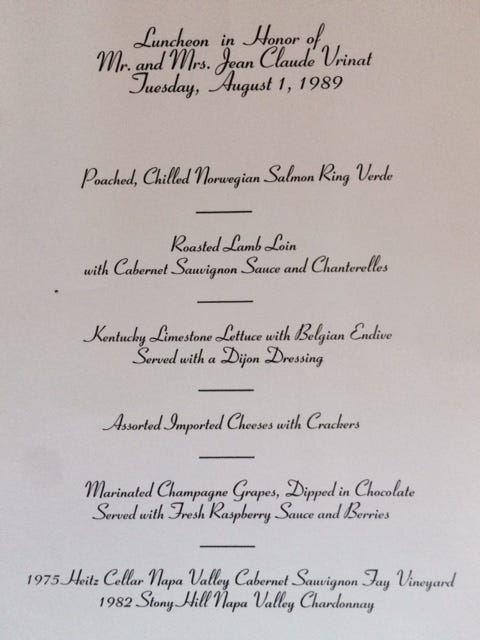

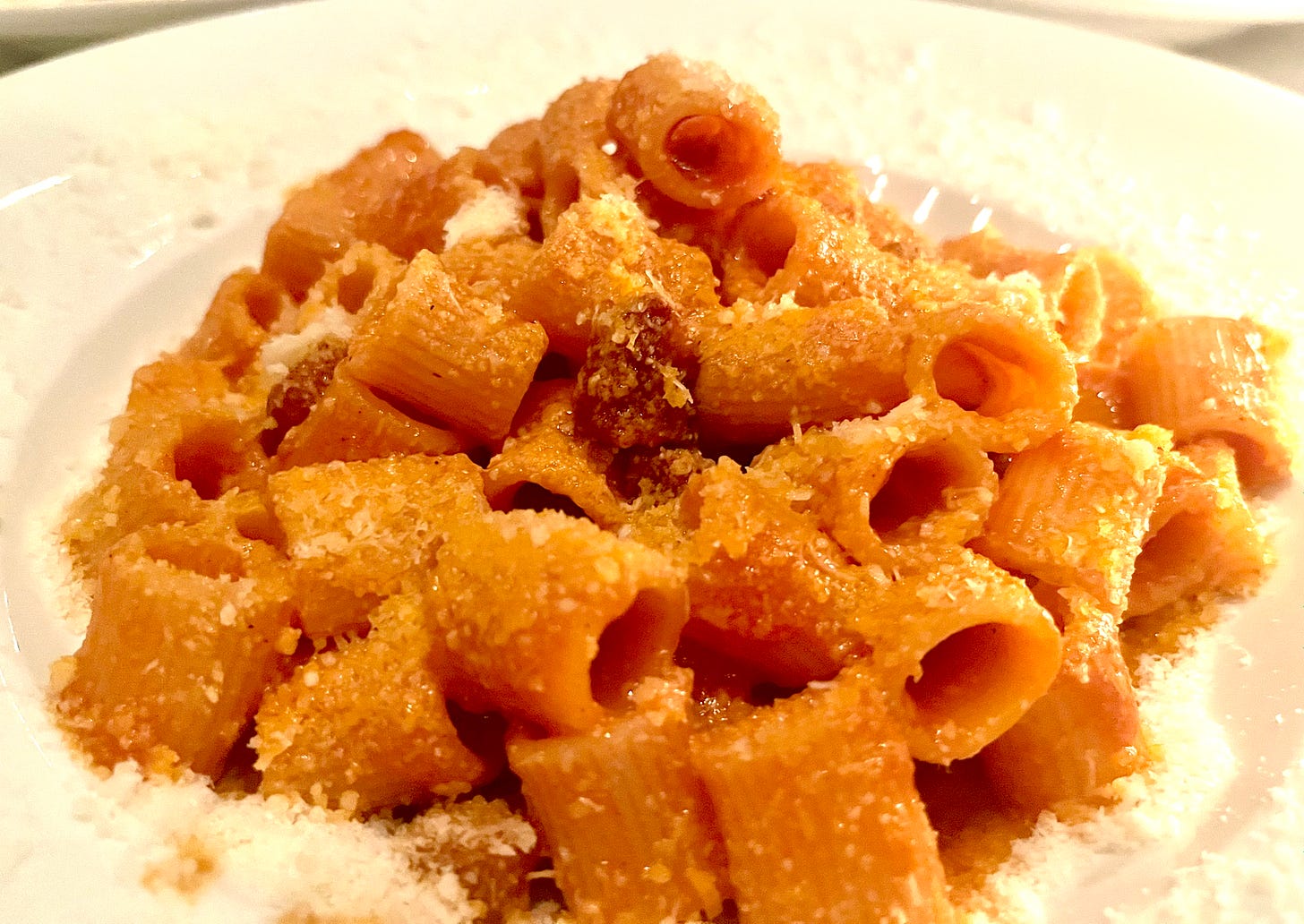

It is gut wrenching! As a trained career chef of over 20 years I find myself in this group who have had to make sudden changes and now seek to continue along these new paths. Granted in my mid 40's I am enjoying a different pace of life, despite missing the kitchen buzz. Having run kitchens for 17 years I struggle to see how any food business can stay afloat these days. Granted the situation in the UK is different from the USA with Brexit adding complexity to staffing, but essentially we share the same issues.
Those of us in at a certain level in the industry have been saying for a couple of decades now that customers will one day have to actually pay what the dining experience is worth. Never did we realise this would be the way this shift would come about. Had we known I am certain our opinions and actions would have been different to try and preserve a culture that is changing too quickly for the majority to adapt to before its too late!
What is certain is that the way forward will be a departure from what we are used to.
The Wolfgang Puck restaurant at the Bel Air Hotel is also closing soon.